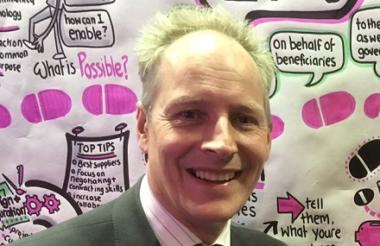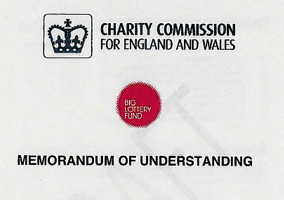Charities could lend money from unrestricted reserves to set up new projects, and then pay them back from restricted funds, according to a new model outlined to charity finance professionals last week.
Neil Goulder, director of finance and corporate services, was speaking at the Charity Finance Group’s Annual Conference. He proposed a new model for financing programmes which would see the charity’s reserve pot lend money to new programmes, which would then be paid back once the programme is generating more income.
In most cases charities use funds from their unrestricted reserves to support the launch of a new service, but may secure increased funding from restricted sources such as legacy income in future years.
Goulder suggested that at this point the excess restricted funds could be used to pay off the programme’s “debt” to its pool of unrestricted funds rather than be spent on expanding the service.
He said he hoped trustees would be more confident in using reserves to set up a new project if there is a clear plan for how it could be paid back.
See in Charity Finance
Speaking to Civil Society Media, Goulder admitted the idea had potential pitfalls, such as asking funders effectively to pay towards a programme’s running costs for previous years. However, he said this funding model could be more attractive to trustees, who will be more likely to back a programme that will have little impact on the charity’s unrestricted funds in the long term.
At the conference, Goulder said: “There is more work we need to do internally on this before we have bottomed it out. But I think it is a really interesting idea.
“This is a new concept. It is worth bouncing around with your trustees and your auditors and if suddenly this becomes a big thing, remember where you heard it.”
When asked, the hundred or so charity finance professionals in the room said they had not heard of such a model before. But Goulder said speaking to delegates afterwards, most said they thought it was an innovative idea rather than one which couldn’t work.
Related articles












